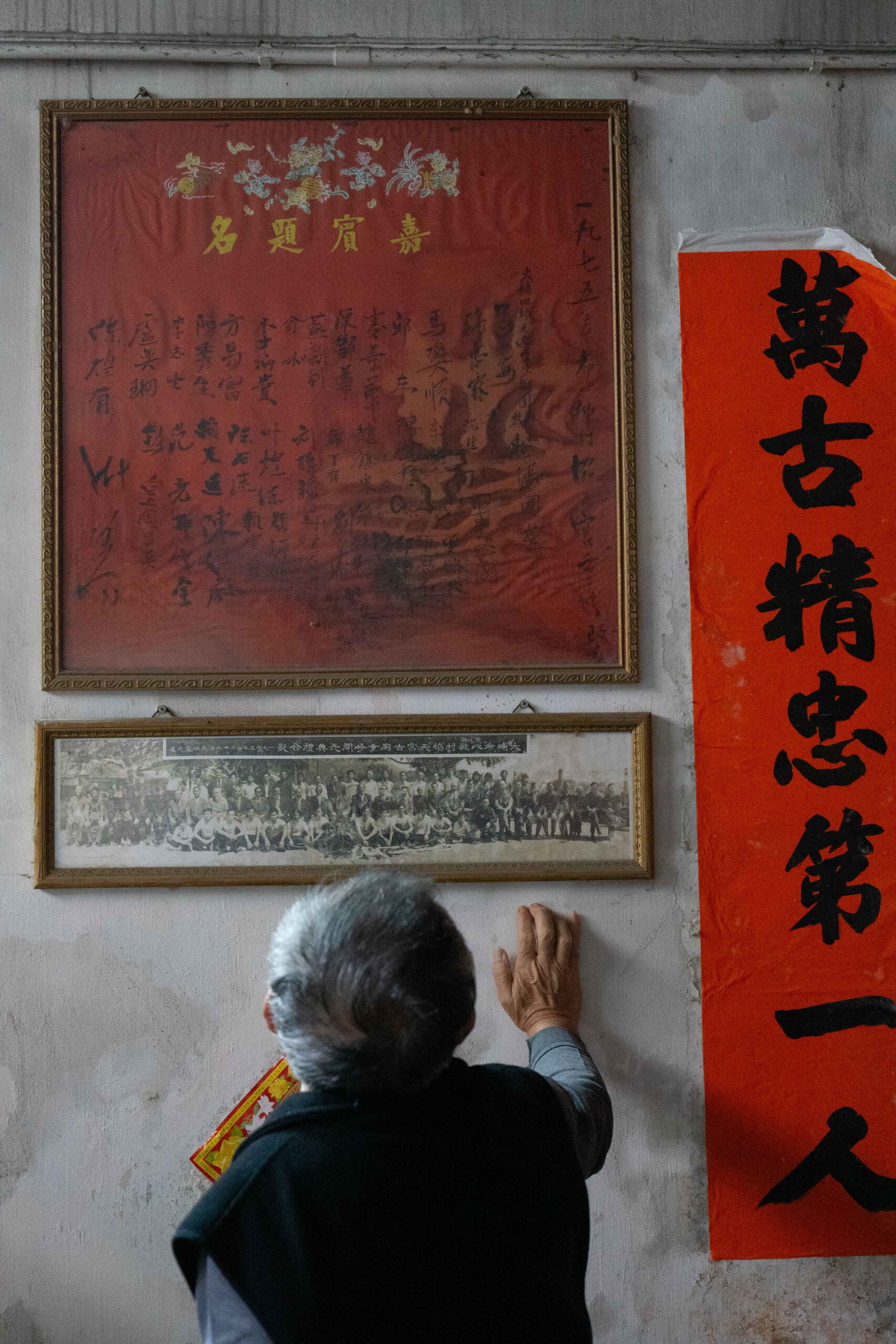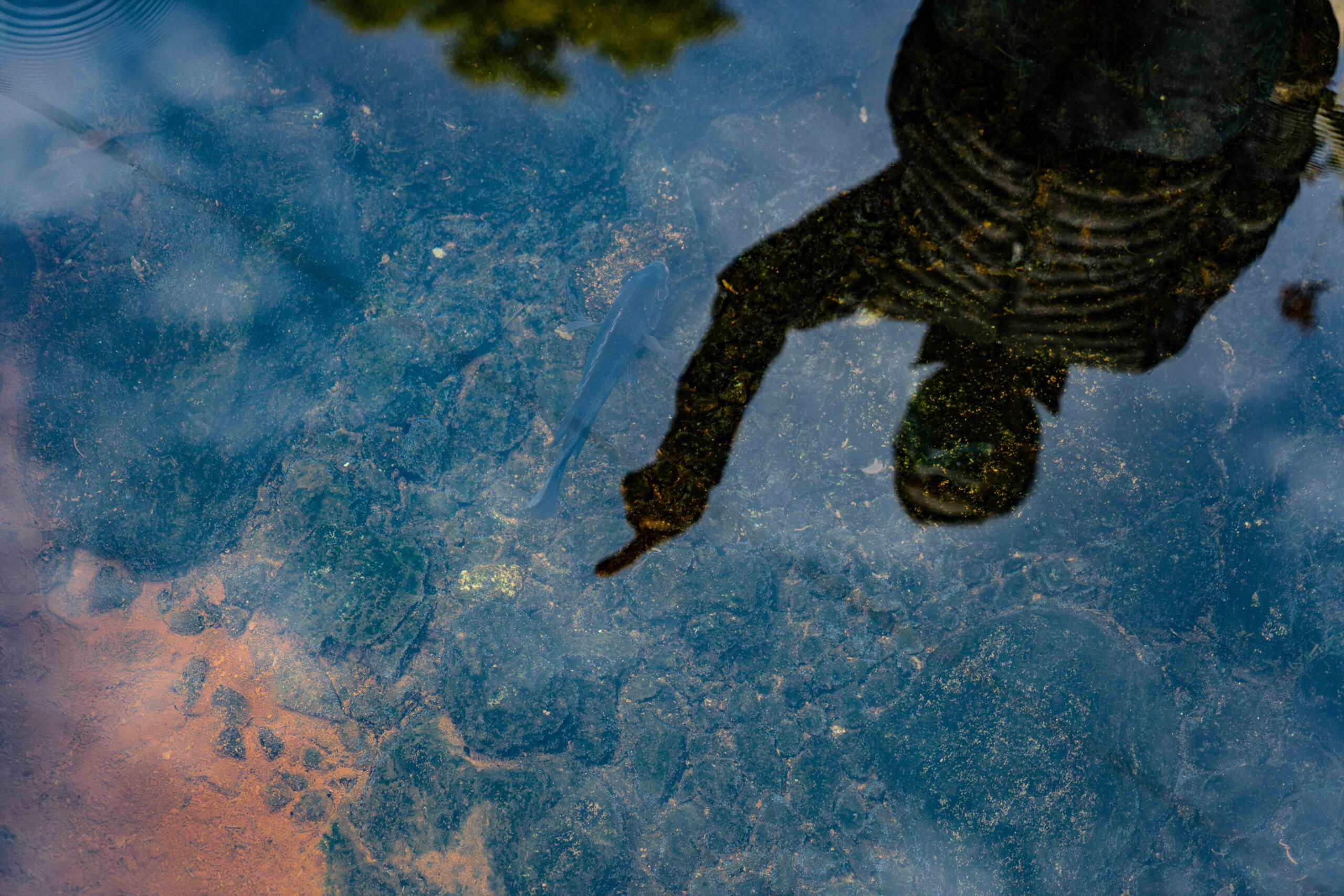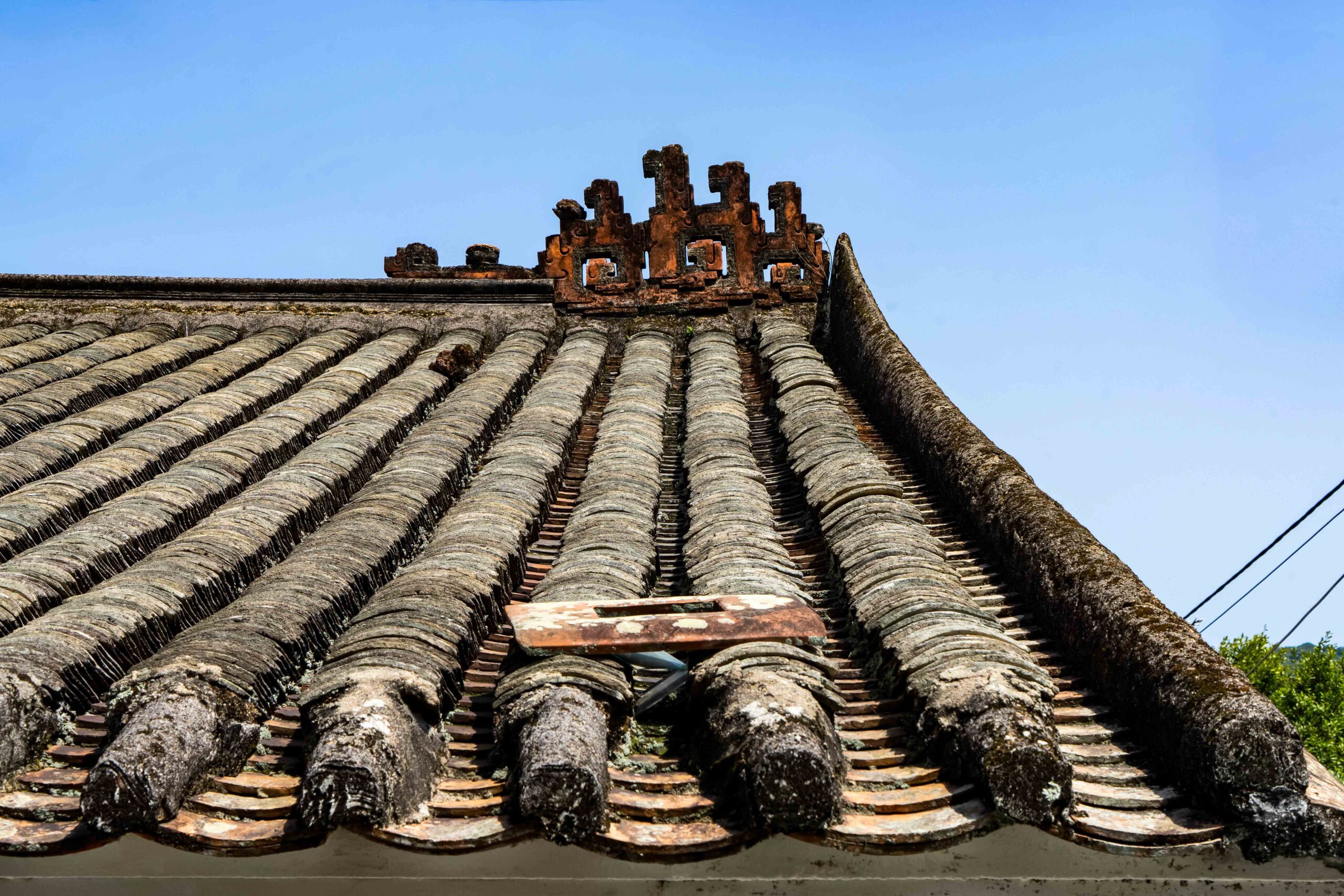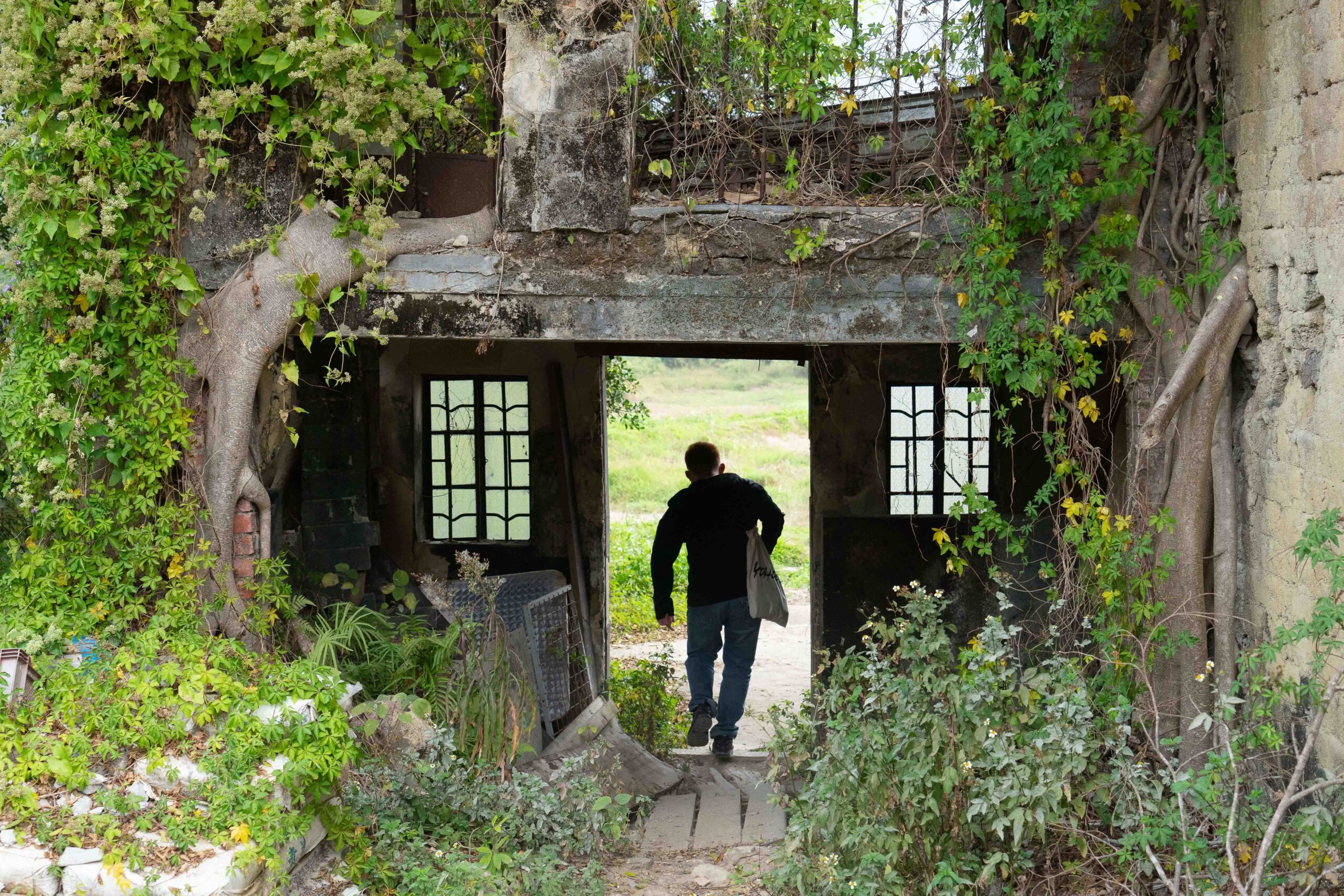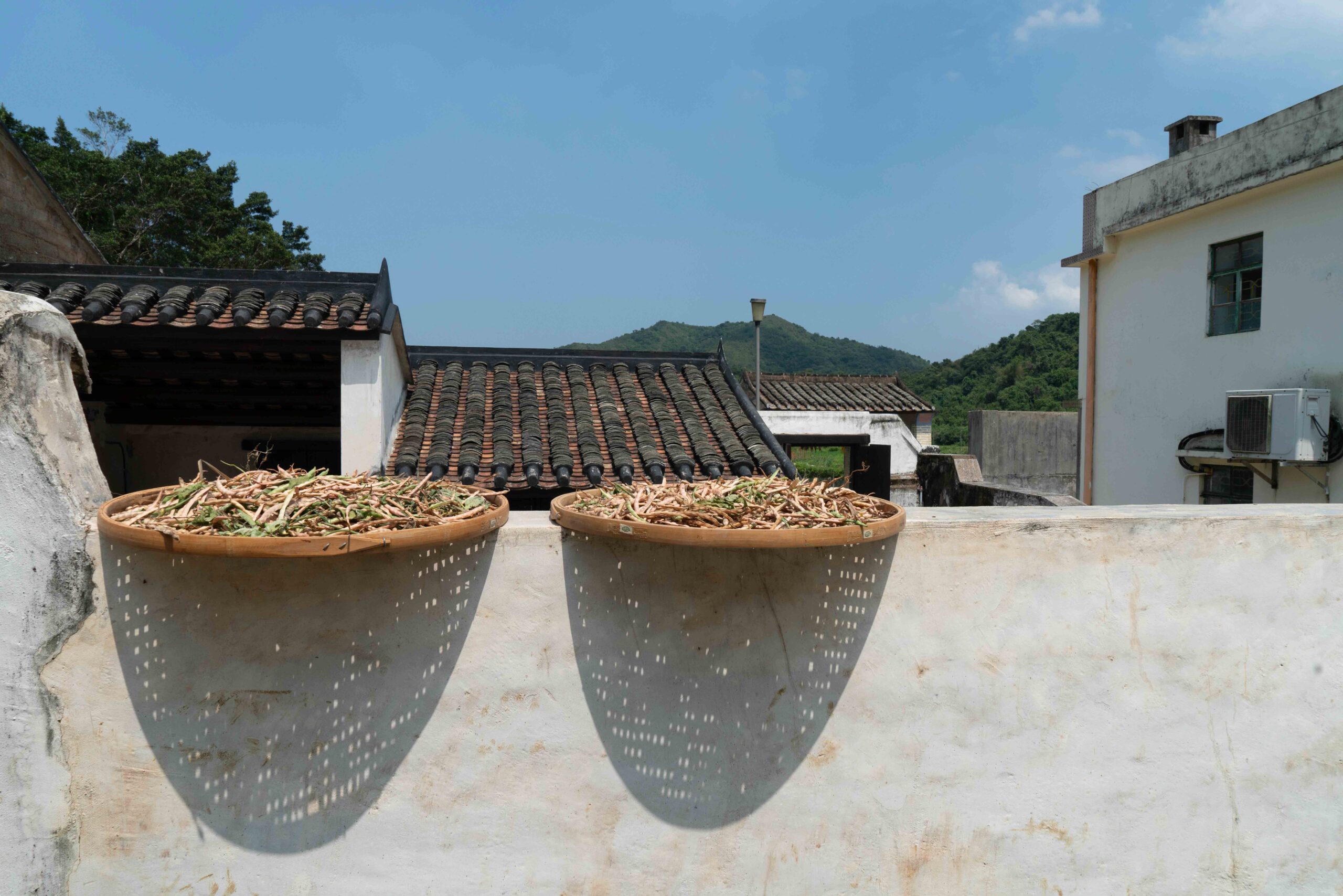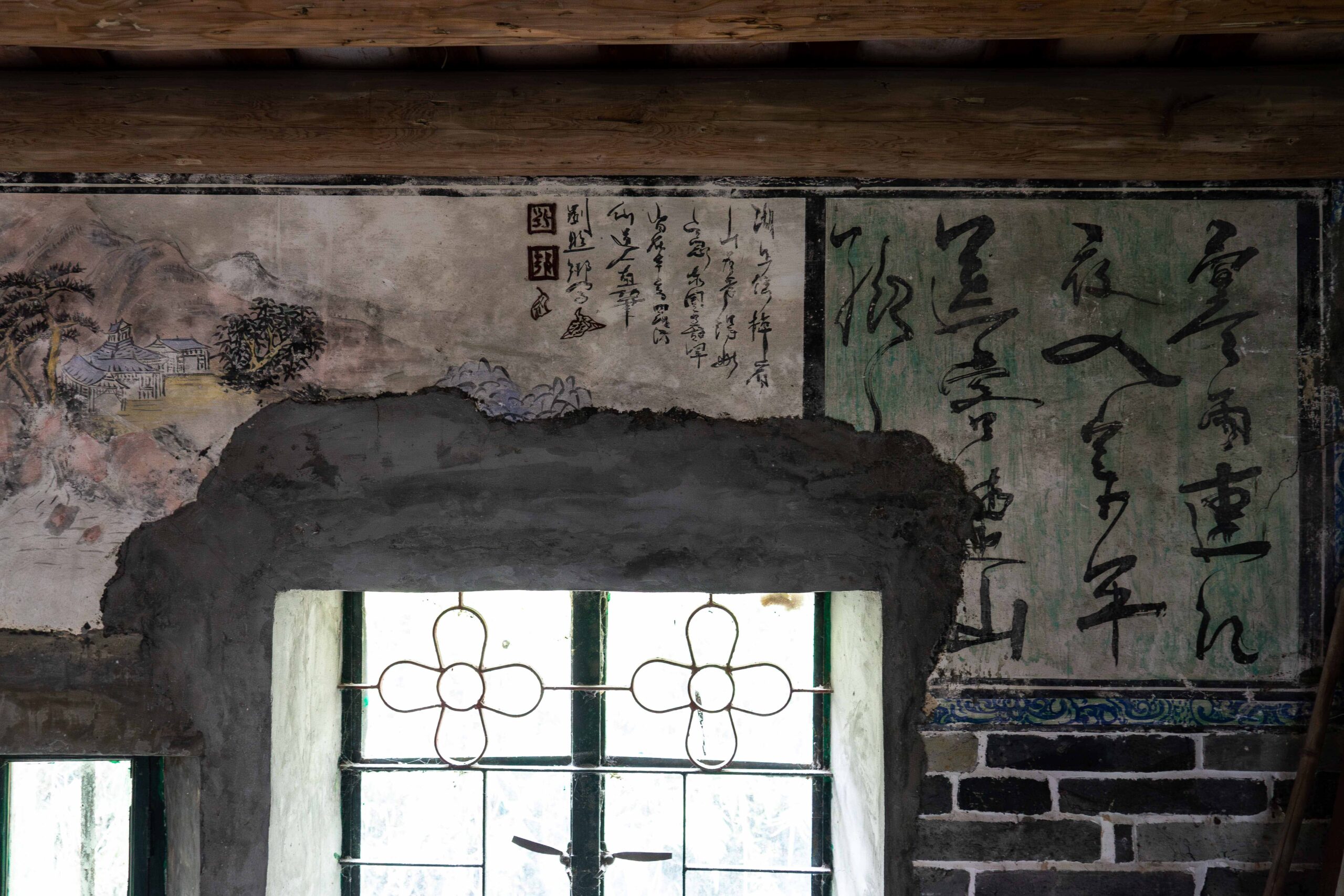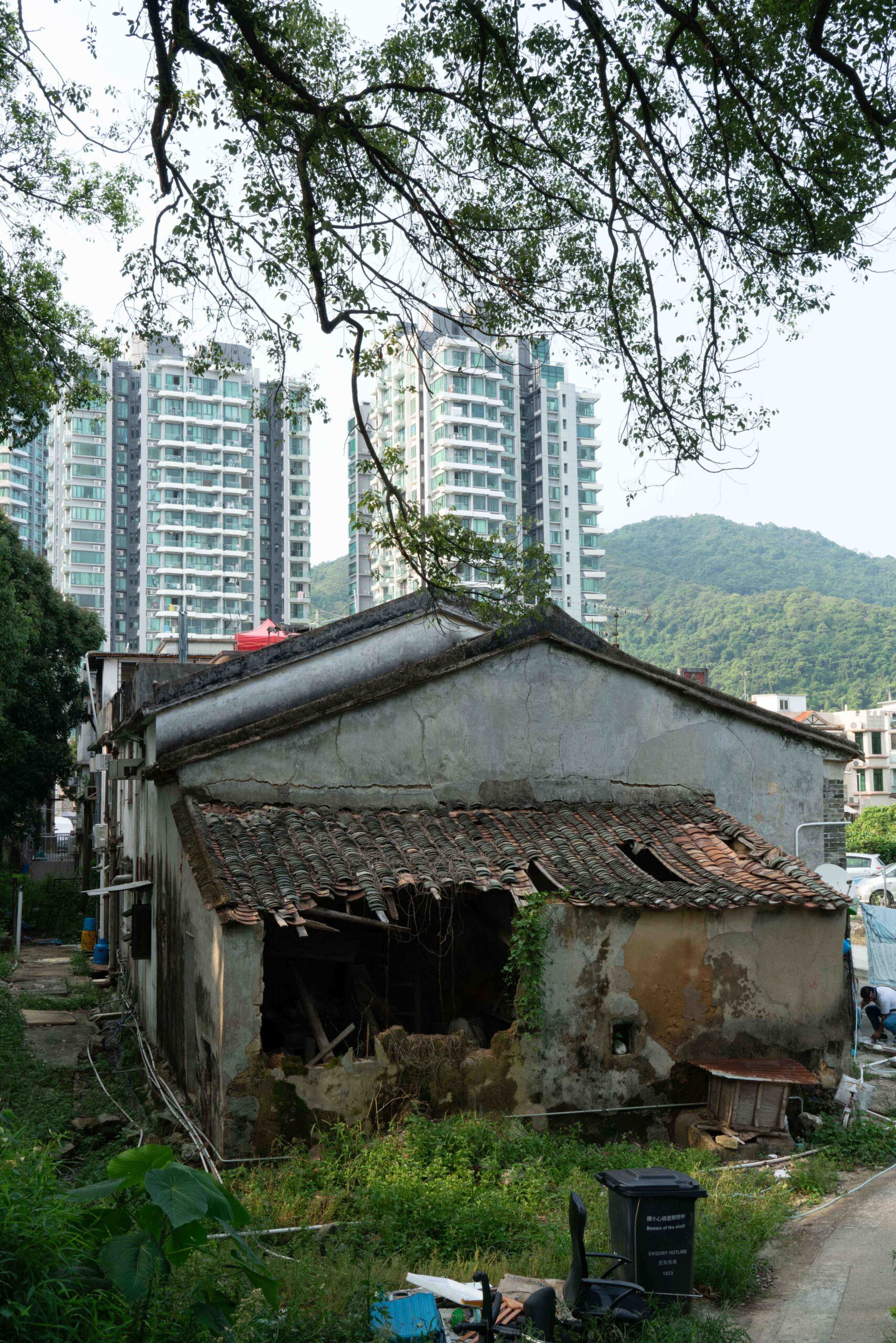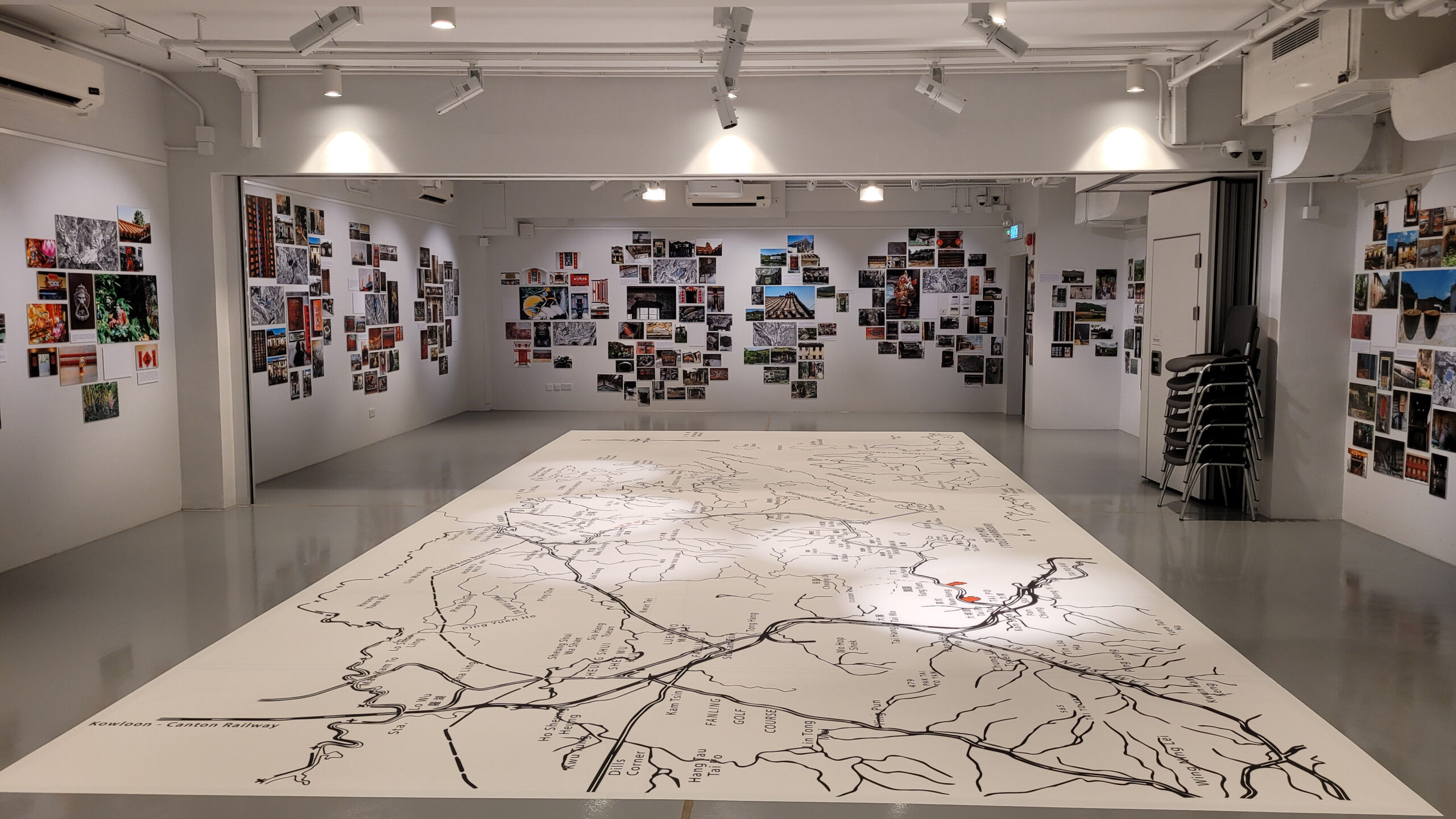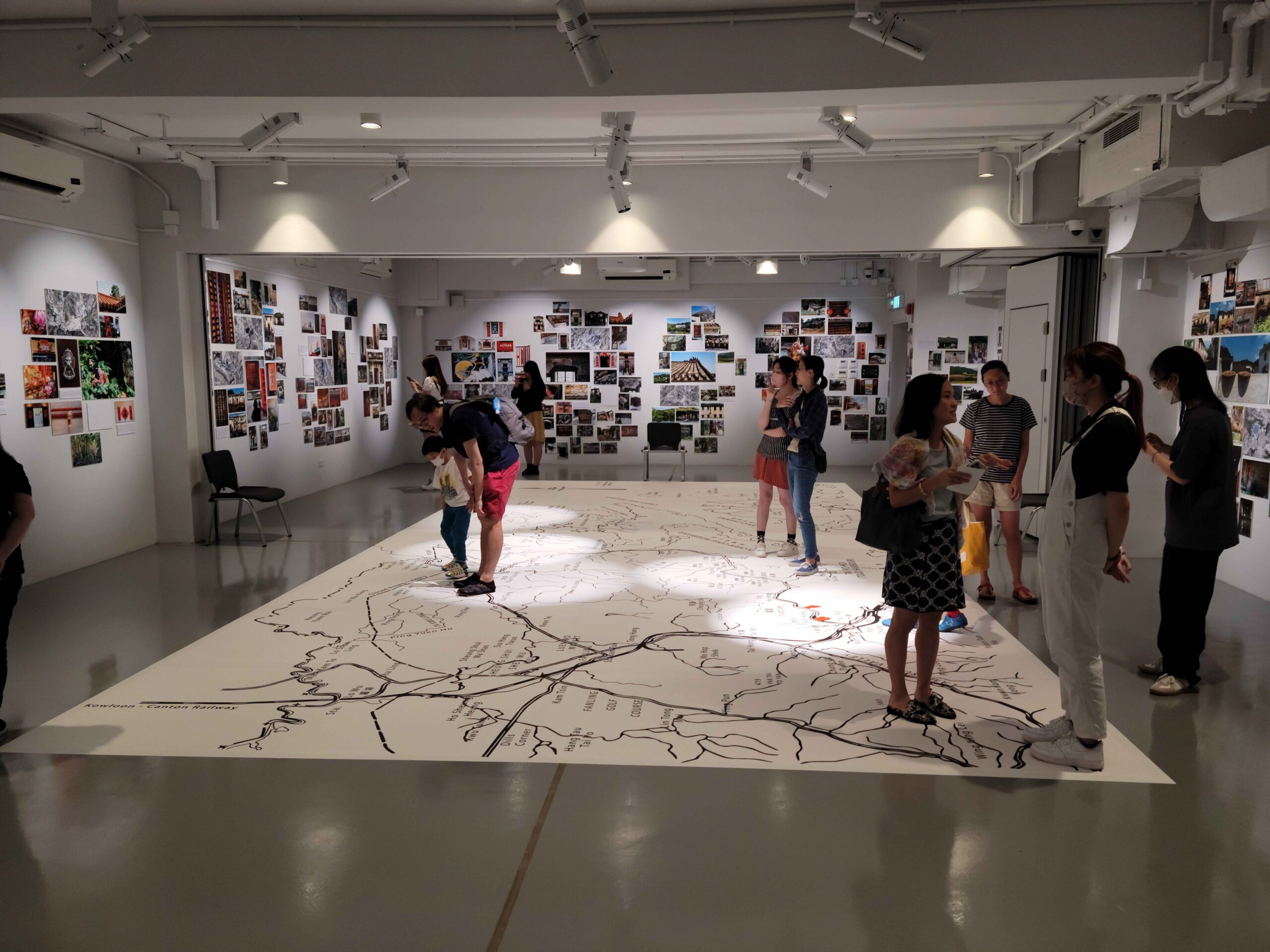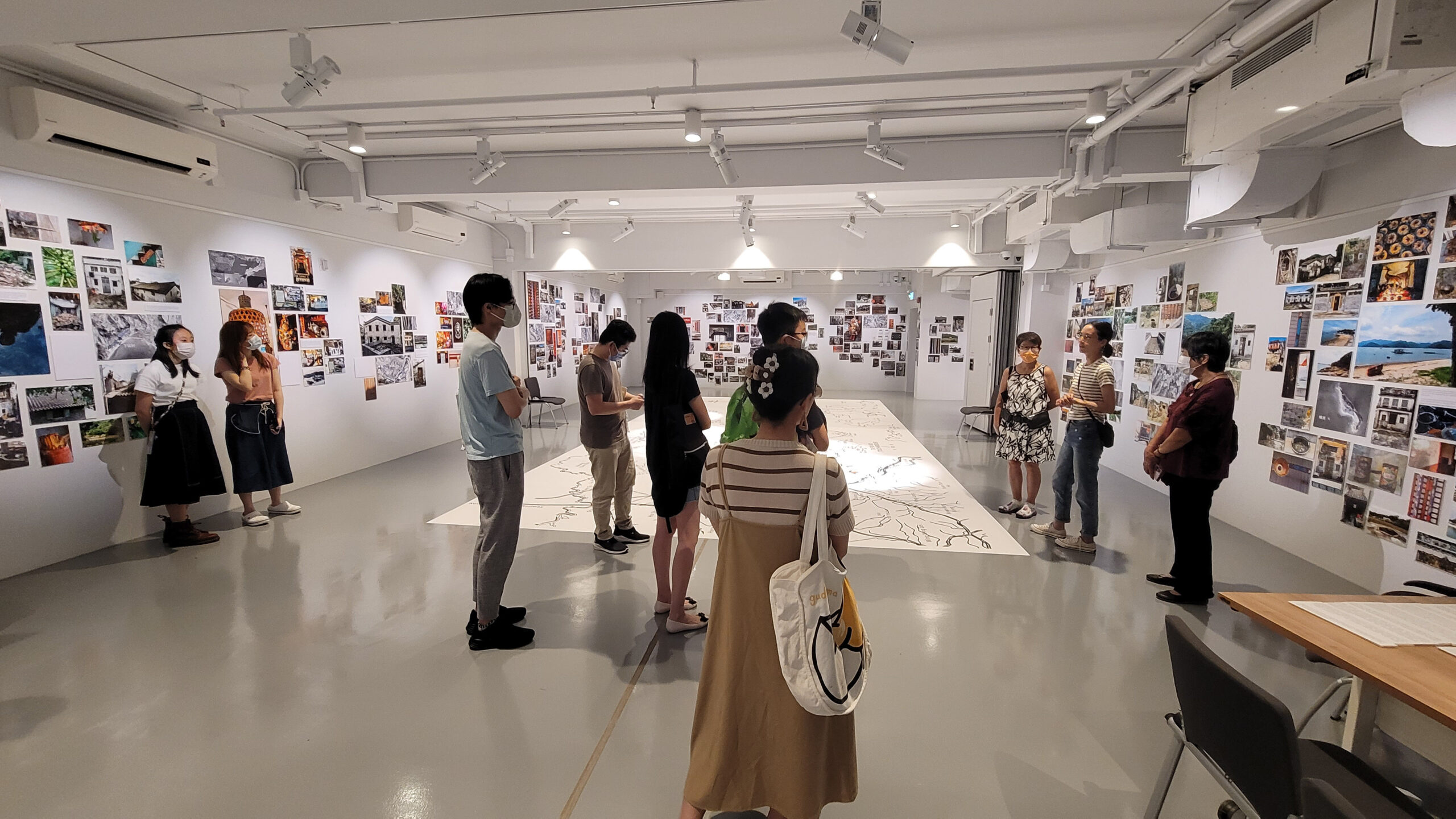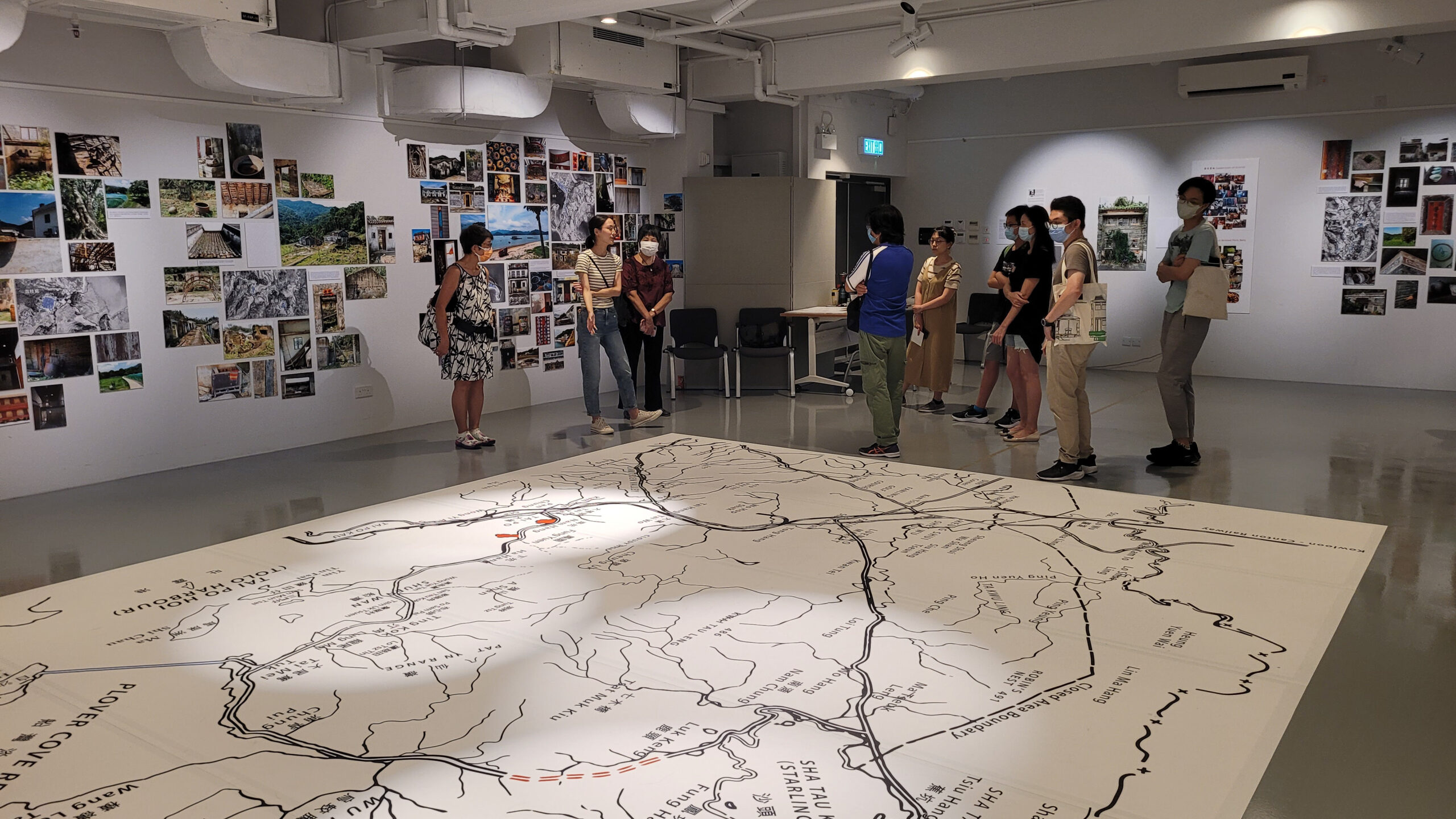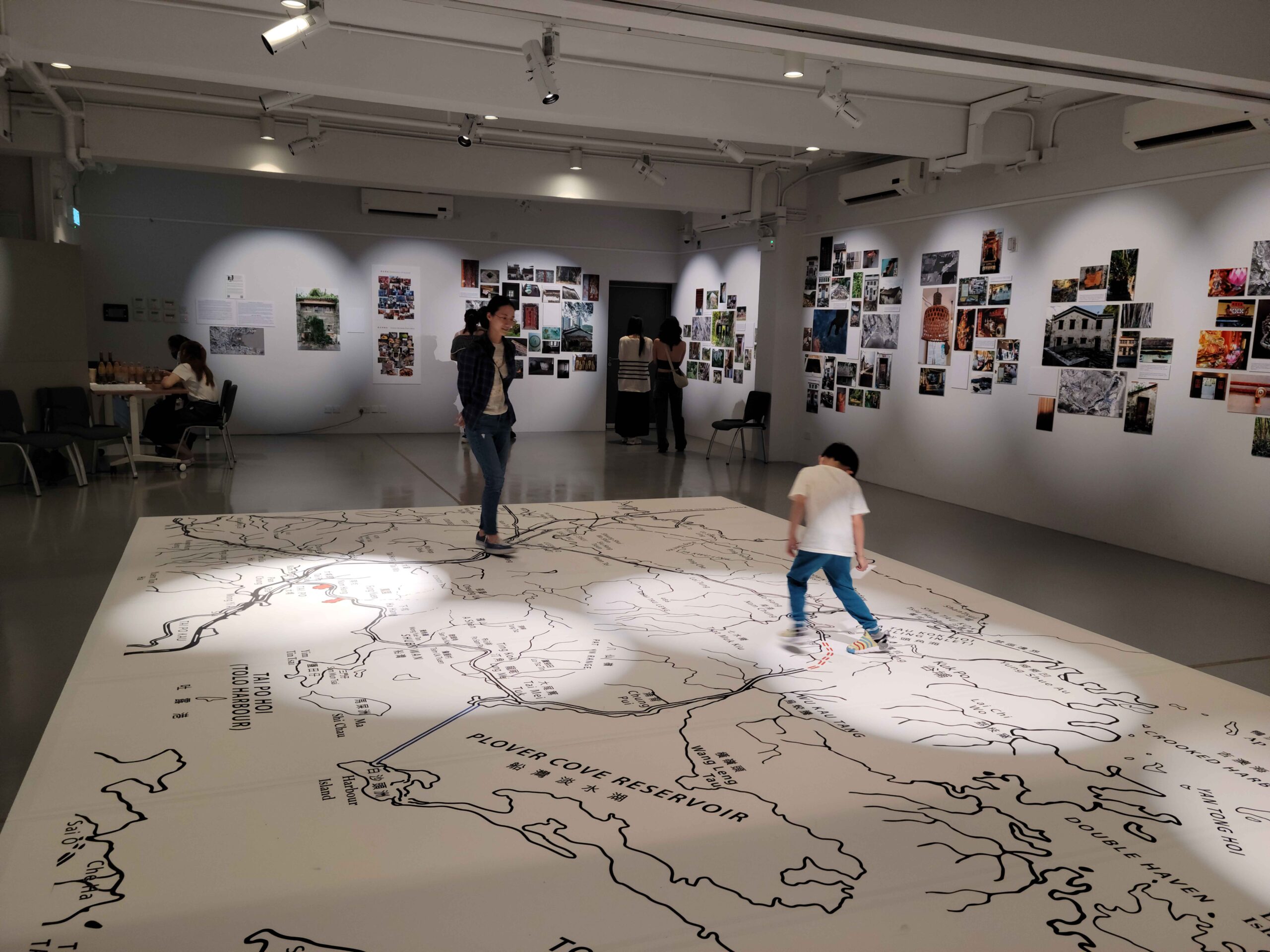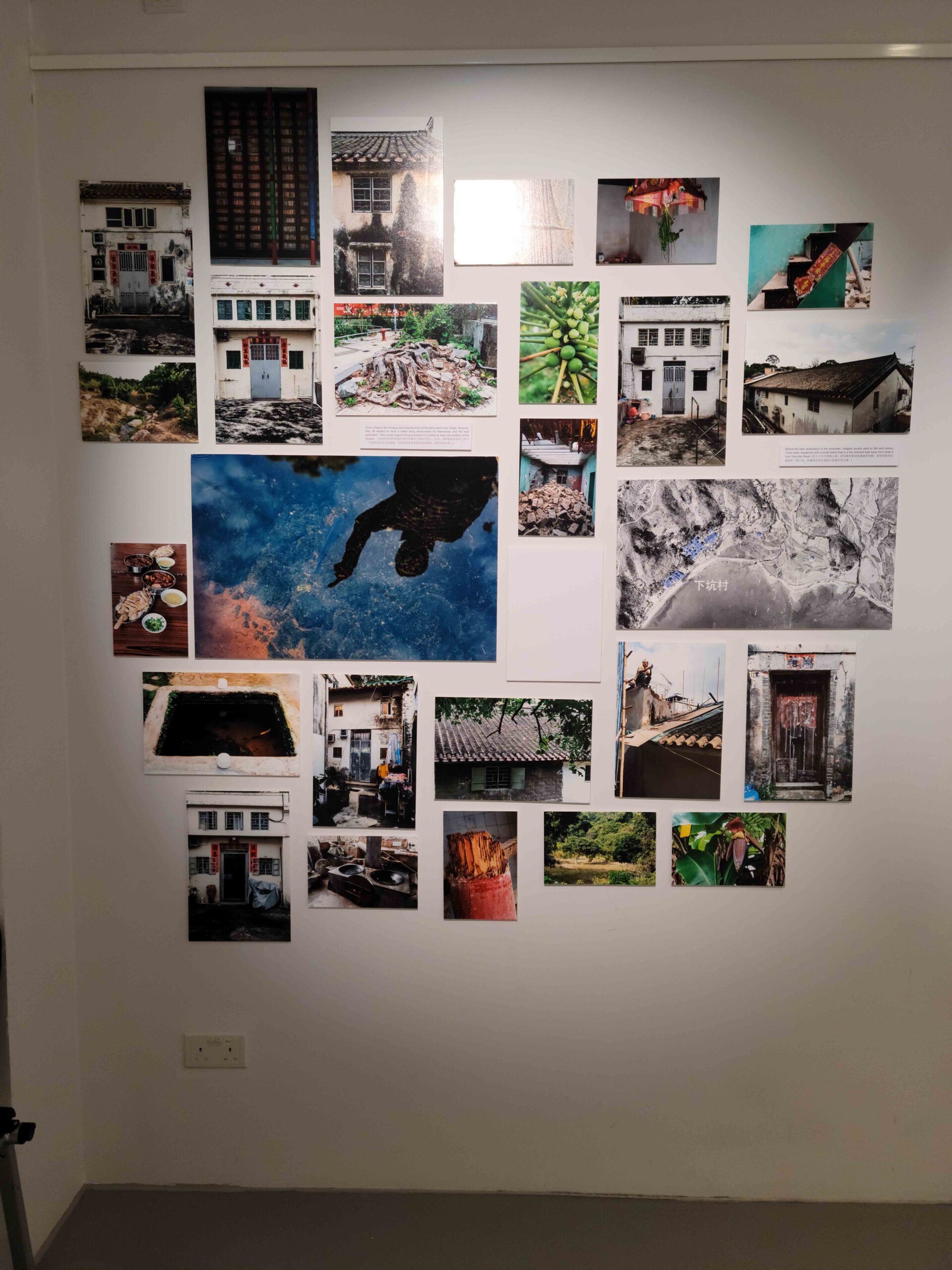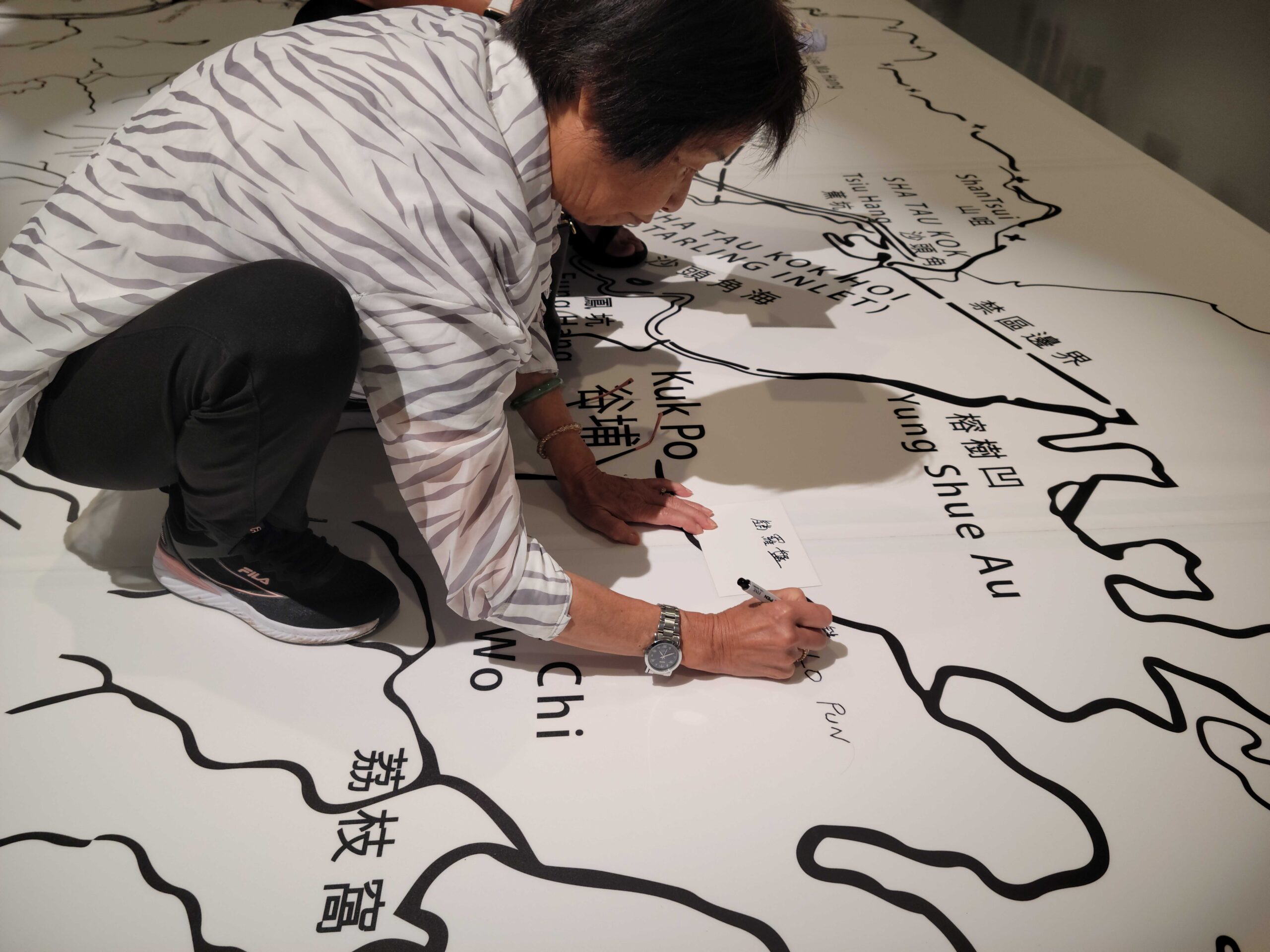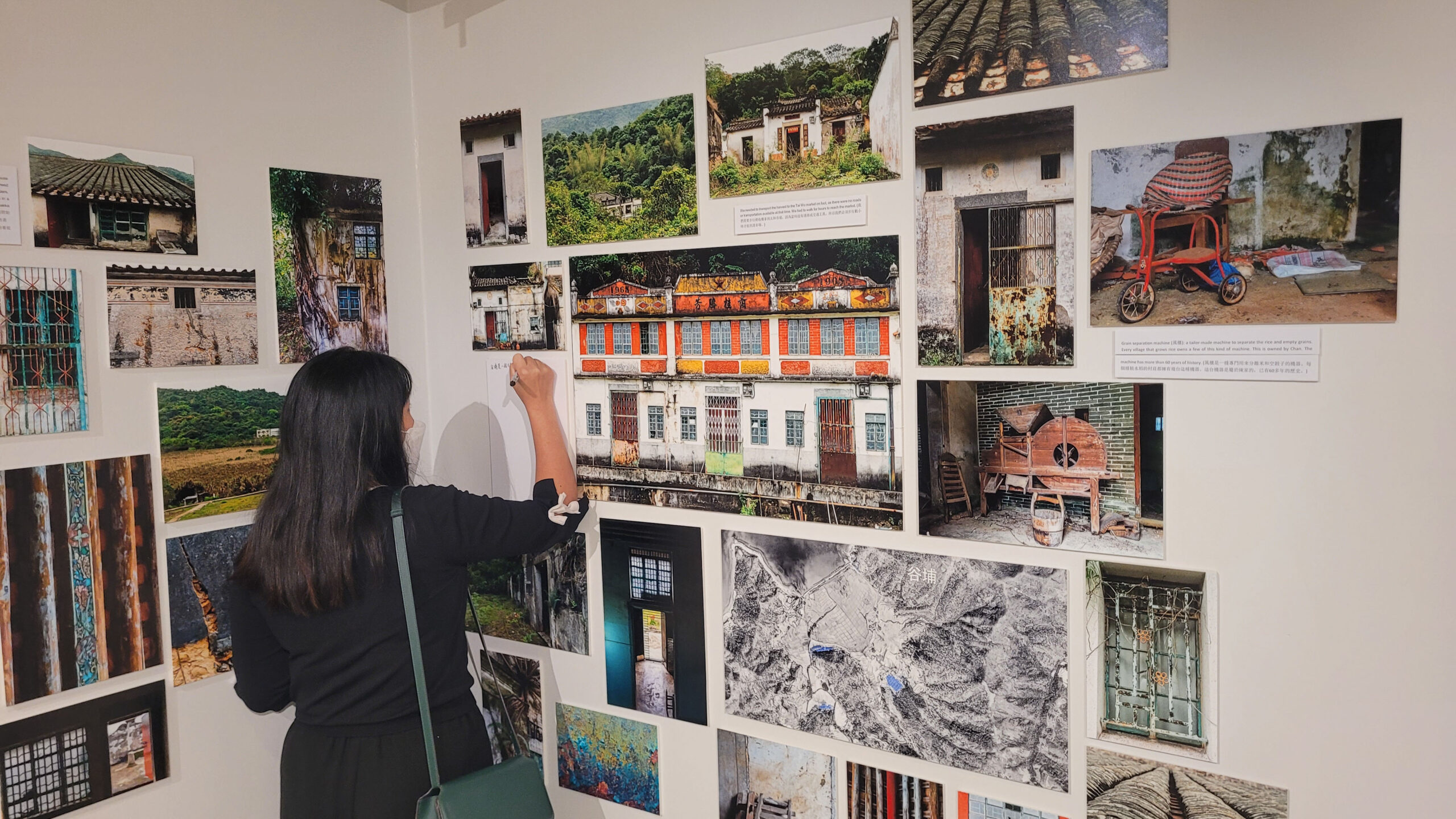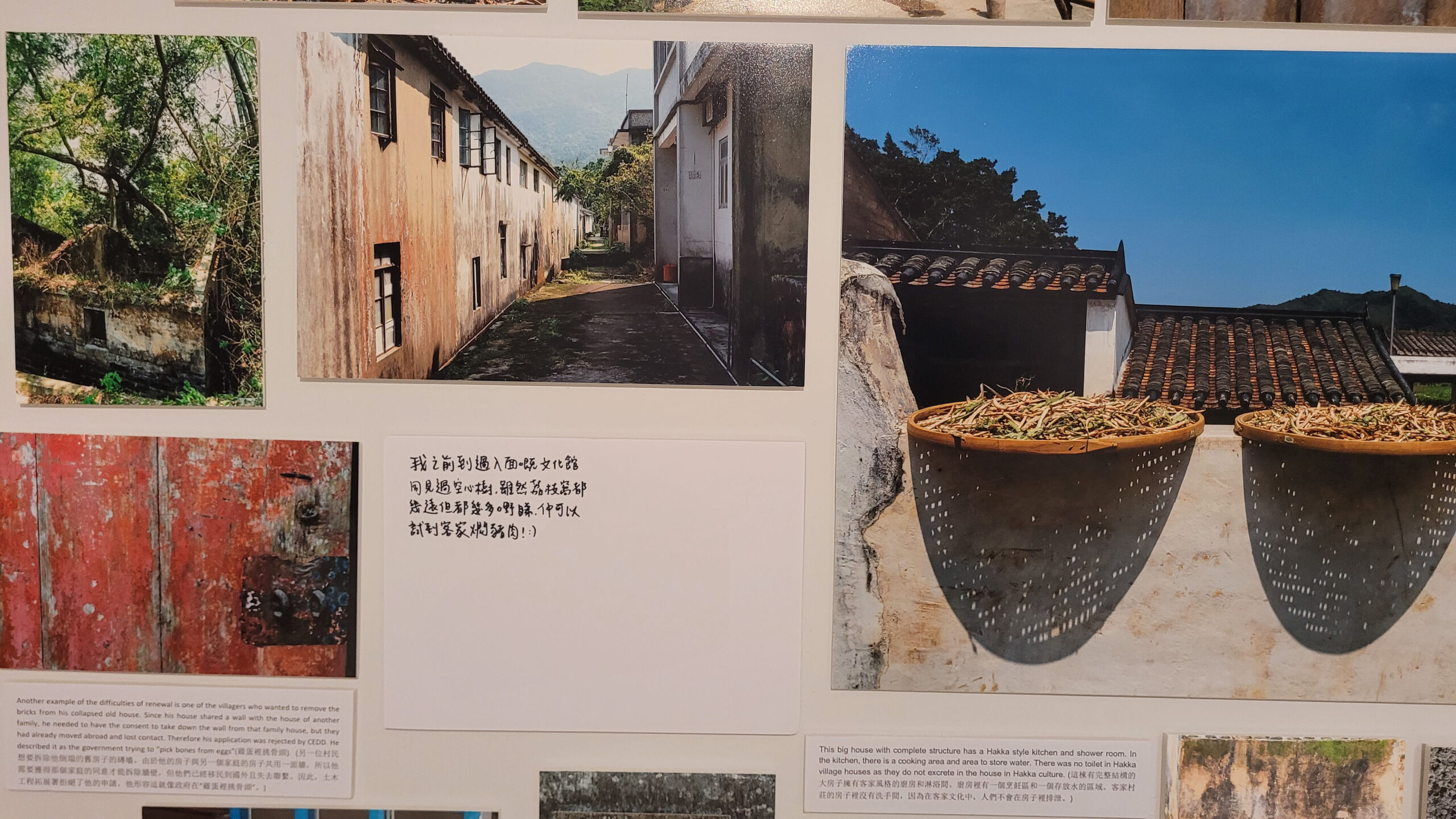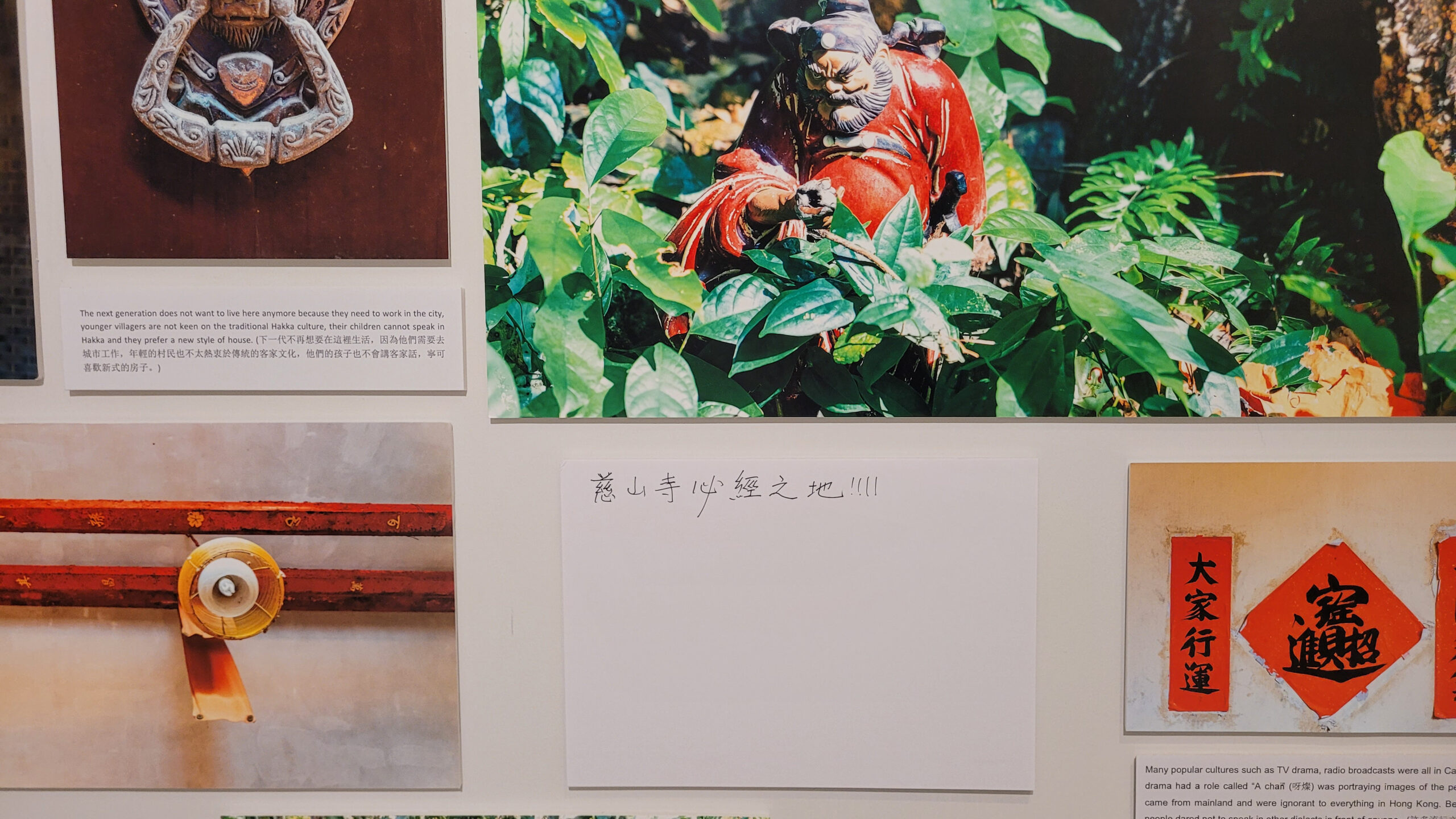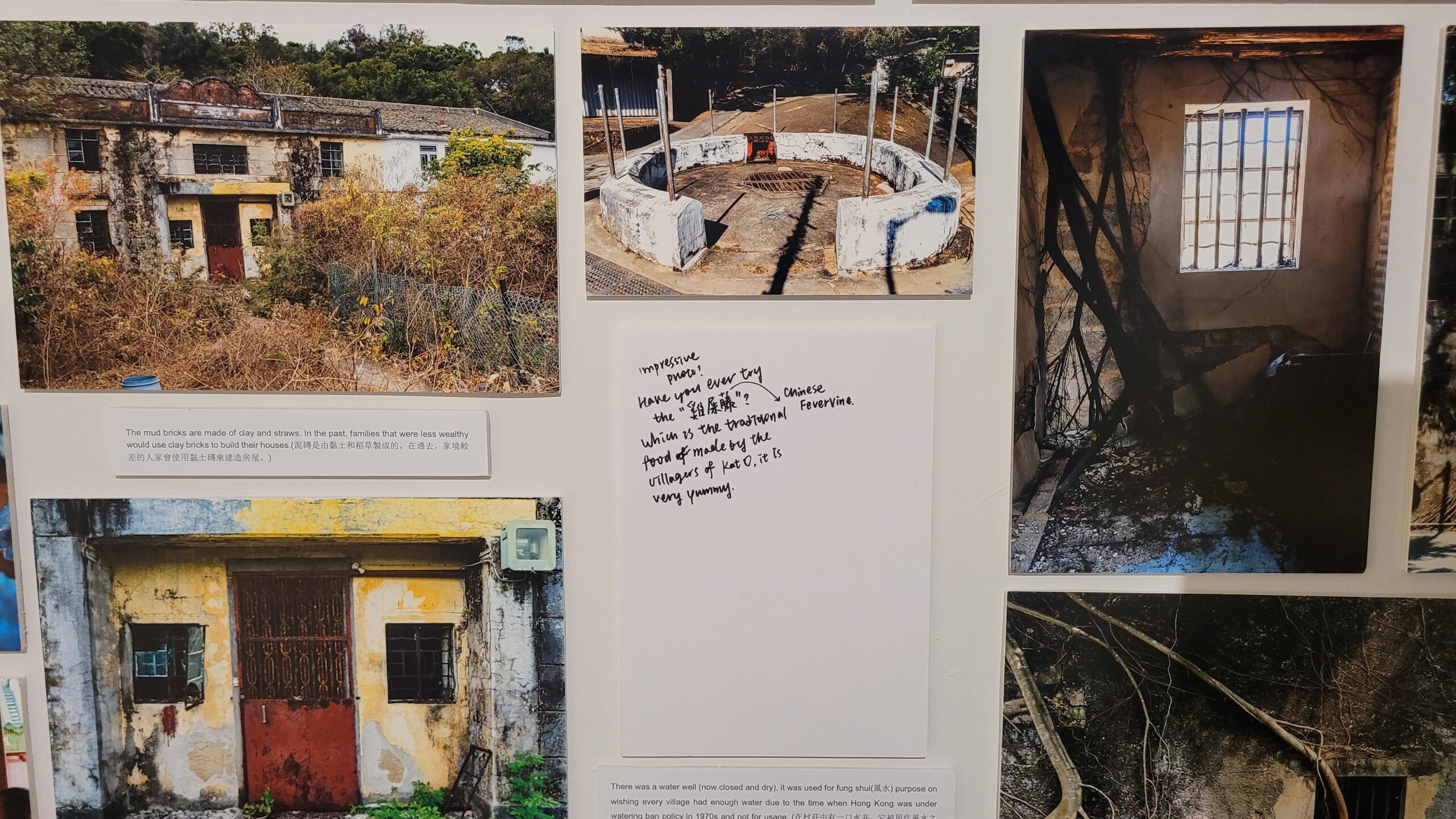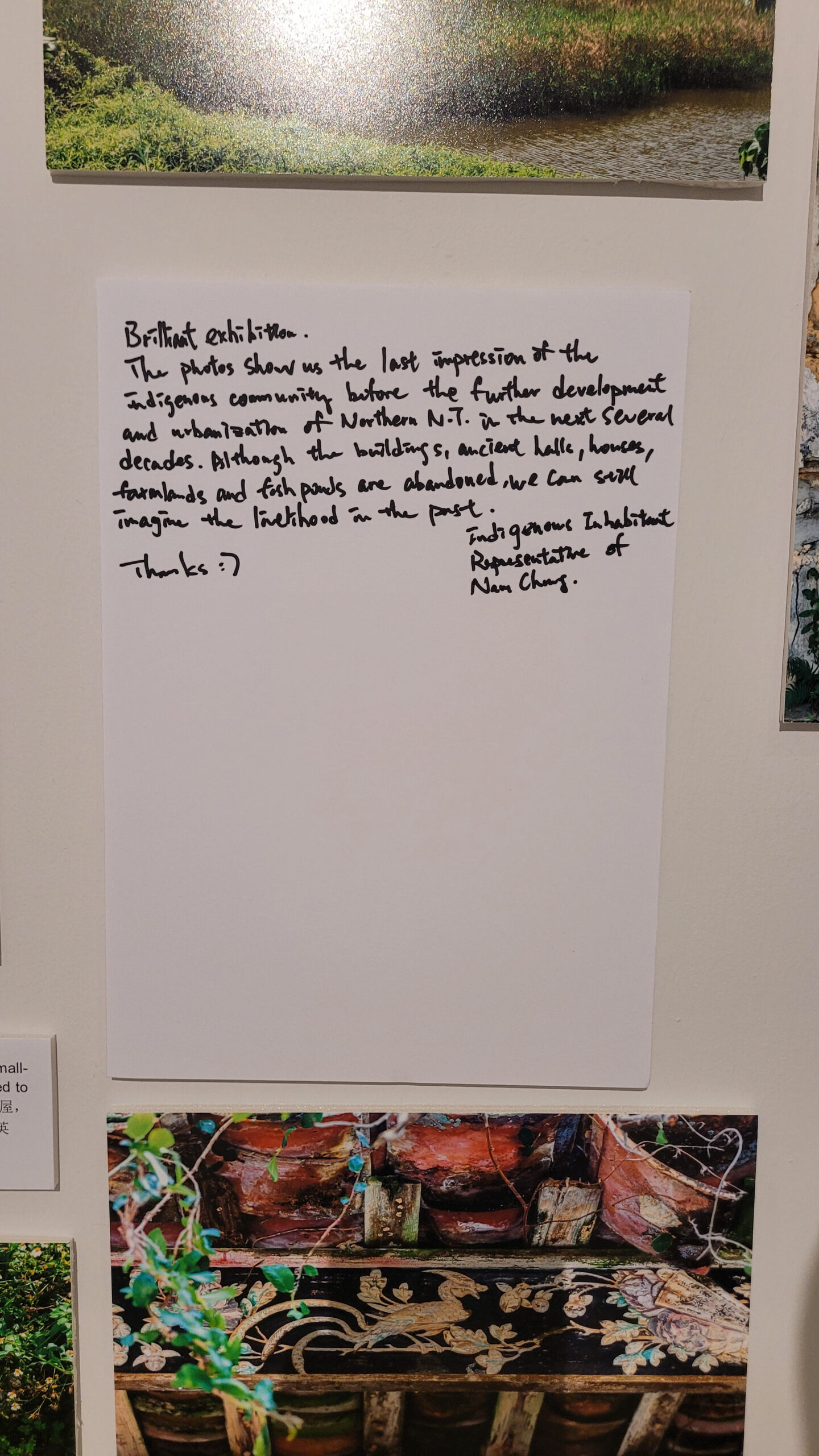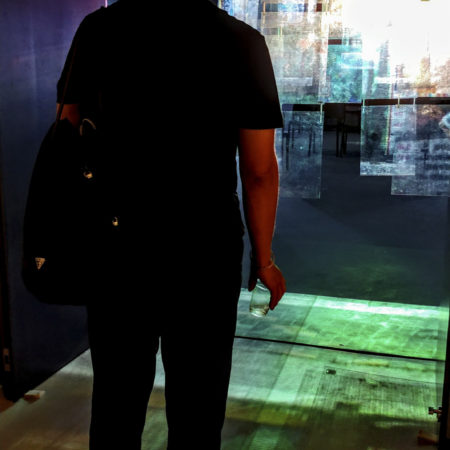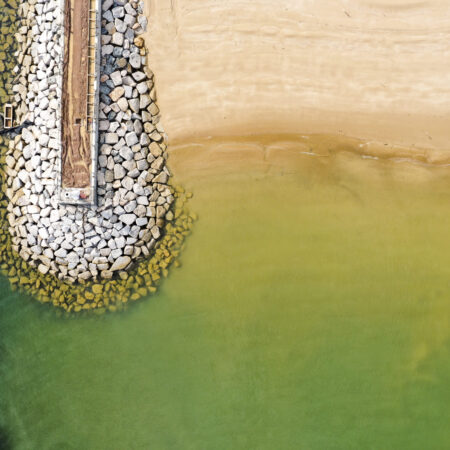Description
The impact of the research and exhibition was profound and far-reaching, drawing both the general public and the villagers who actively participated in the study. Despite its limited duration of a week, the large-scale installation left a lasting impression on those who attended. For the villagers, the exhibition offered a unique opportunity to reconnect with their heritage and witness the transformation of their communities over the past six decades. It provided a space for them to reminisce about their traditions, share their stories, and reflect on the changes that have shaped their lives. Seeing their villages represented in historical maps and aerial images, along with the quotes from their interviews, helped them reflect on their cultural identity and the significance of their heritage.
The general public, on the other hand, was introduced to a part of Hong Kong’s history that often goes unnoticed. The exhibition offered an eye-opening experience, revealing the complexities and nuances of a region that was undergoing constant change and development. For many visitors, it was a chance to learn about the cultural heritage and resilience of these traditional Hakka villages, which were often overshadowed by the urban development of Hong Kong’s more metropolitan areas. The scale and scope of the installation allowed for a comprehensive exploration of the subject matter, capturing the attention of hundreds of attendees. The carefully curated selection of images and accompanying materials ensured that visitors received a well-rounded and engaging experience. Furthermore, the exhibition facilitated dialogue and exchange between the villagers and the general public, fostering a sense of unity and understanding. It encouraged discussions about the challenges faced by these communities and the need to preserve their cultural heritage for future generations.
The impact of the exhibition extended beyond its duration or attendance. It ignited a sense of cultural awareness and appreciation, prompting visitors to view these villages not merely as remnants of the past but as living repositories of a rich history worth cherishing and safeguarding. The exhibition served as a powerful reminder of the importance of preserving cultural heritage amidst the rapid changes of modern times.
